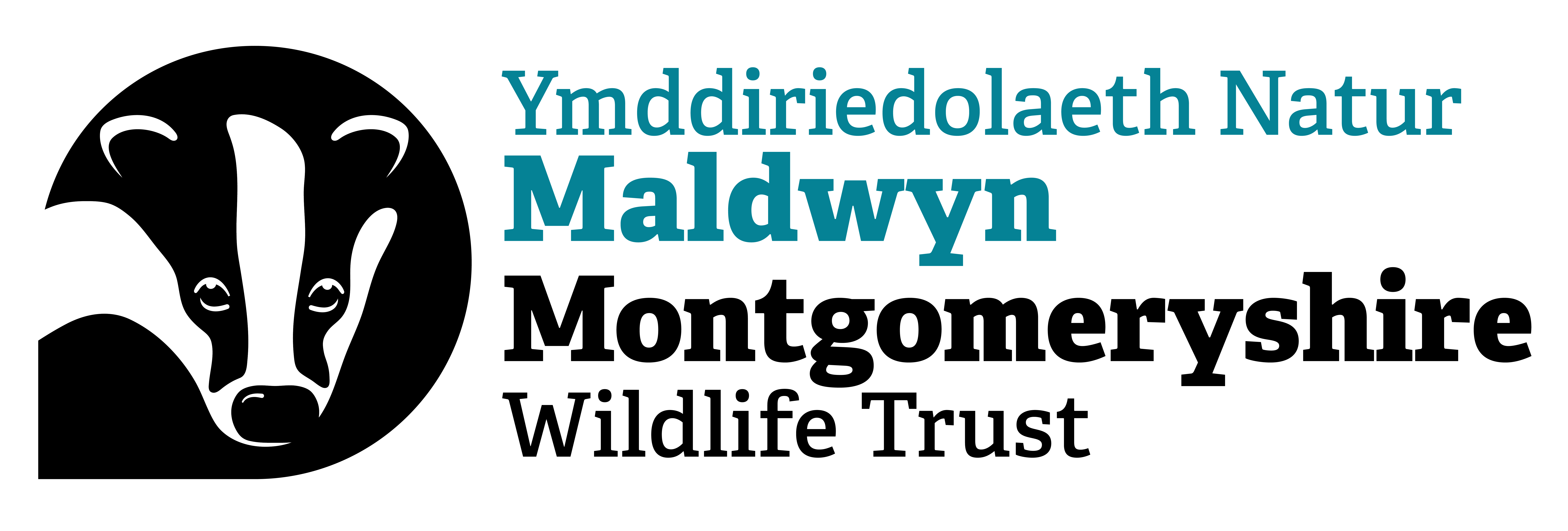Wildlife experts want only horse drawn boats on the Montgomeryshire Canal SAC
The Canal and River Trust appear to be getting £14 million in ‘Levelling Up Money’ to restore the section of the Montgomery Canal from Llanymynech to Arddleen which will be administered by Powys…
